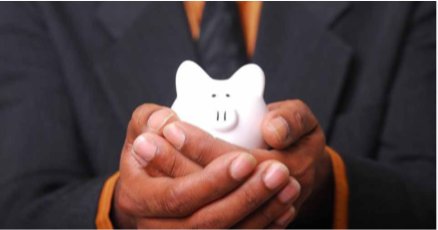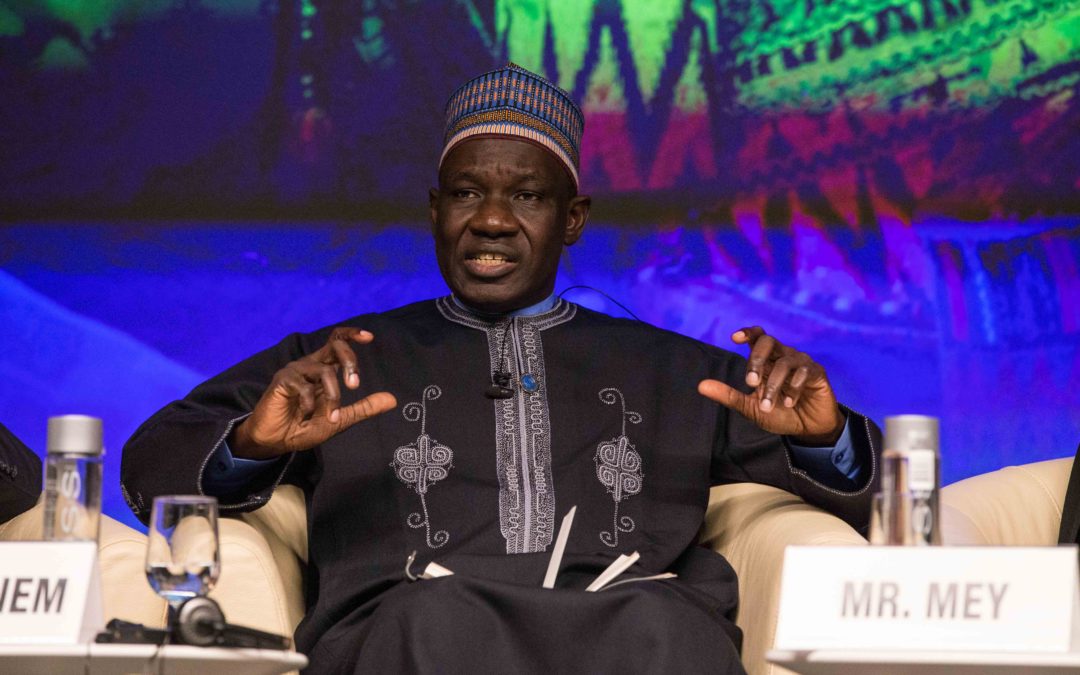Besides budget resources, the financial market will be called upon to contribute, as well as funds transfer from the diaspora and resort to the private sector, etc.
Where will money come from to finance the implementation of the 2020-2030 National Development Strategy (NDS30)? We are talking here about adequate resources to successfully carry out, during ten years, all the projects shortlisted by Government. The completion of these projects will mean that Cameroon’ economy, which is the foundation of the strategy, has been structurally transformed.
Consequently, we will need a lot of money. Huge amounts of money indeed! To such an extent that in the NDS30 financing equation as outlined, it is far from asking the State to incur more debts.
The financing approach chosen can rather be likened to the ‘fisherman’s technique’ at sea. He will spread his net as wide as possible to obtain a qualitative and quantitative catch. Within the framework of NDS30, the primary source of revenue undoubtedly remains the State budget. Yet, other levers will be activated to gather the required resources: bilateral and multilateral cooperation; the financial market, private sector, public-private partnerships, domestic savings and funds transfer from the diaspora.
The State’s own resources
For the budget to finance investments contained in NDS30, revenue must accordingly be made available. The mobilization policy of these budgetary resources will be consequently strengthened. To this end, only tax exemptions with proven positive impact on the economy will be retained after the audit envisaged. The same holds true for the systematic collection of information on medium and large-scale enterprises with a view to significantly reducing tax evasion and fraud.
The State also intends to look for money it the forestry sector in order to tap on resources stemming from their exploitation, deter illegal logging and step up its tax collection. Innovative taxes will be introduced in a bid to broadening the tax base.
Lastly, there is an entire strategy to be devised to increase the share of non-tax revenue in budget re- venue. All along the 2020-2030 decade, Government intends to maintain the share of investments in the budget to at least 30%.
External financial assistance
Apart from State coffers, there is money out there. Domestic savings, for example, savings by individuals and households domiciled today in bank accounts are evaluated at about CFA Francs 4 000 billion. This amount of money does not include cash circulating in njangis or tontines (social groups), a traditional savings widely disseminated across the country and whose transactions are not yet sufficiently channeled in formal circuits of the economy. The implementation of the inclusive national strategy should bring all these into the banking system so that they should be effectively used for the country’s development.
On the financial market, in particular, holders of capital are present and ready to invest their resources. The rich and fruitful experience of the State of Cameroon on this market which has been going on since 2010, through the issuing of treasury bills and bonds as well as debenture bonds, will be turned to good account.
On the monetary money market alone, the level of liquidity is officially estimated at CFA Francs 2 000 billion. Huge capital to be tapped for pumping into the various investments ear- marked.
Private partners
Public-private partnerships (PPP) remain a financing mode which is suitable for carrying out heavy investment projects. For the State, a public partner in this case, recourse to this instrument ensures substantial savings on the overall cost of the project to be implemented, cuts down on administrative deadlines in such a way as to step up the implementation and gets freed from financial constraints.
The country, which already has a legal and institutional dispensation, only has to use this instrument to attract good partners with financially viable projects. The Support Council for the Realization of Partnership Contracts (CARPA) will therefore be available to search for these private investors both at national and inter- national level.
This will be a plus to the contribution of the national and foreign private sector, for which in- vestments to the tune of more than 60% of resources necessary for achieving the NDS30’s targeted structural transformation of the economy are expected.
In 2016, Cameroon received 6.9 billion dollars (more than CFA Francs 3700 billion) on account of Foreign Direct Investments according to data from the United Nations Conference on Trade and Development (UNCTAD). To attract more investments, emphasis should be laid on the investment promotion strategy. The Agency operating in this segment of activity will, more than ever before, be at the forefront of seduction. Moreover, the State intends to implement a partnership strategy not only with major industrial groups and leading enterprises, but also with investment funds.
The indispensible role of the diaspora
Cameroonians living abroad have their say. In 2018, they transferred home the sum of 345 million dollars, that is, close to CFA Francs 187 billion. This money, which was until now mainly used for supporting daily needs of families, could constitute a real stimulus for in- creasing domestic savings and be consequently redirected into productive investments.
The State therefore knows that it has to devise incentive mechanisms not only to continue receiving these funds transfer from the diaspora, but also and most especially funds dedicated to in- vestments. A set of actions is thus envisaged, notably the setting up of guarantee and support funds for investment projects of national magnitude and even issuing diaspora bonds.
Josiane Tchakounte





0 Comments